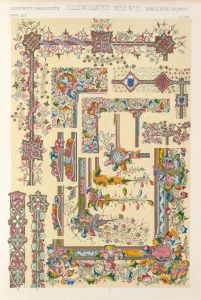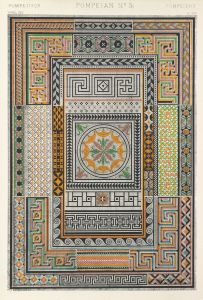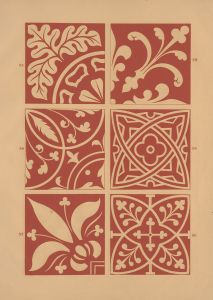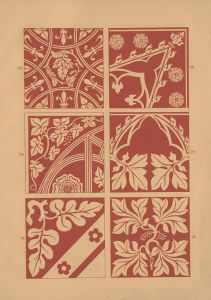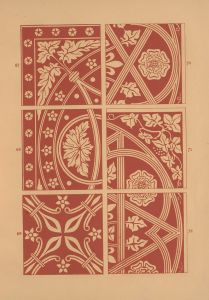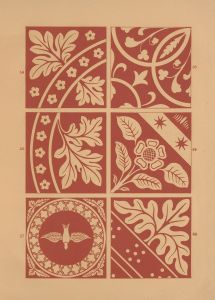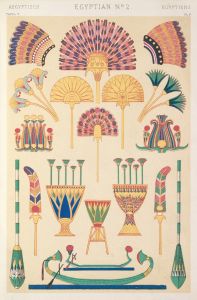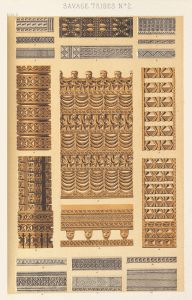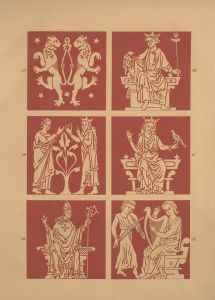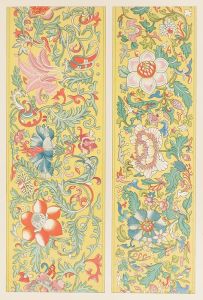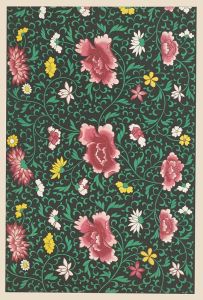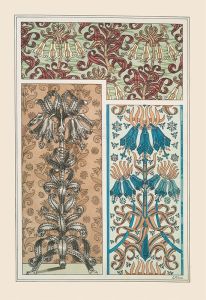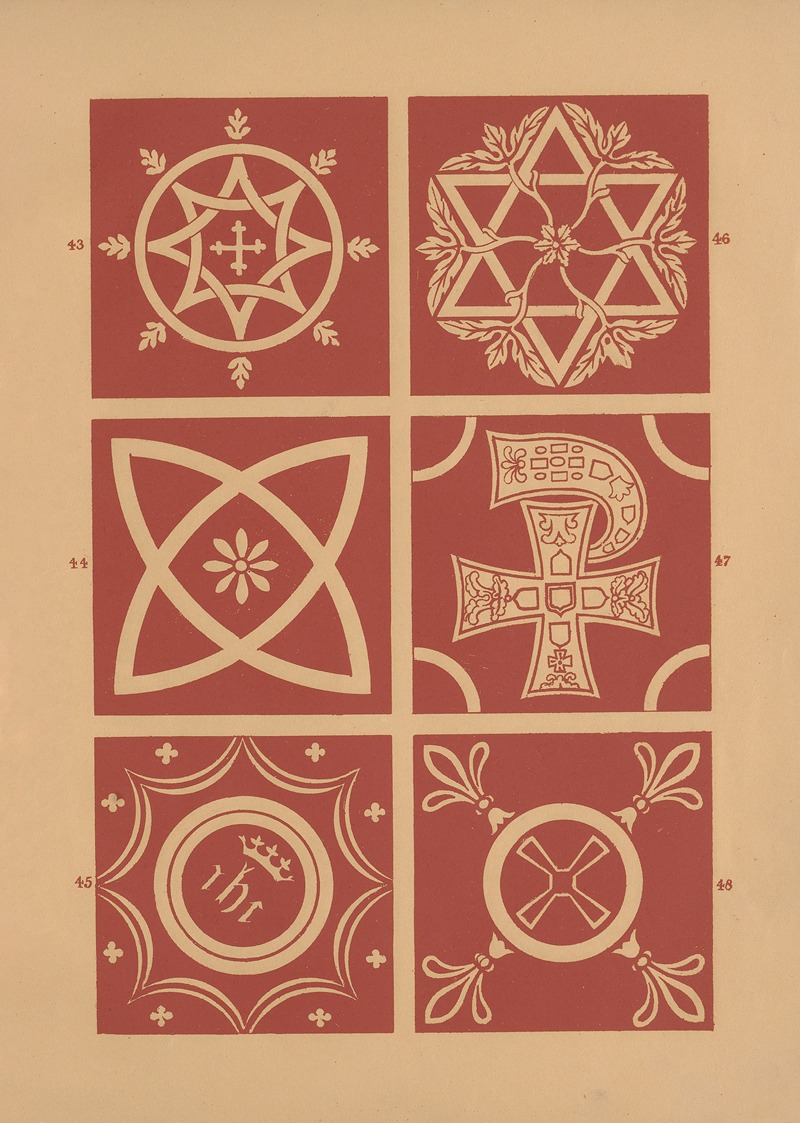
Examples of encaustic tiles Pl.07
A hand-painted replica of Owen Jones’s masterpiece Examples of encaustic tiles Pl.07, meticulously crafted by professional artists to capture the true essence of the original. Each piece is created with museum-quality canvas and rare mineral pigments, carefully painted by experienced artists with delicate brushstrokes and rich, layered colors to perfectly recreate the texture of the original artwork. Unlike machine-printed reproductions, this hand-painted version brings the painting to life, infused with the artist’s emotions and skill in every stroke. Whether for personal collection or home decoration, it instantly elevates the artistic atmosphere of any space.
"Examples of Encaustic Tiles Pl.07" is a notable work by Owen Jones, a prominent British architect and designer of the 19th century. Owen Jones was born in 1809 and became one of the most influential figures in the field of design, particularly known for his work in color theory and ornamentation. His contributions to design were extensive, and he is perhaps best known for his seminal work, "The Grammar of Ornament," published in 1856.
"Examples of Encaustic Tiles Pl.07" is part of Jones's exploration and documentation of decorative arts, specifically focusing on encaustic tiles. Encaustic tiles are ceramic tiles in which the pattern or figure on the surface is not a product of the glaze but of different colors of clay. These tiles were particularly popular during the medieval period and saw a revival in the 19th century, largely due to the Gothic Revival movement, which sought to bring back medieval art and architecture styles.
Owen Jones's work in documenting and creating designs for encaustic tiles was part of a broader effort to revive and preserve historical art forms. His designs often drew inspiration from a wide range of historical and cultural sources, including Islamic, Greek, Roman, and medieval European art. This eclectic approach was characteristic of Jones's work and reflected his belief in the universal principles of design that transcended cultural boundaries.
"Examples of Encaustic Tiles Pl.07" showcases a variety of intricate patterns and motifs that are characteristic of Jones's style. The designs are meticulously detailed and demonstrate his deep understanding of geometry, symmetry, and color harmony. These tiles would have been used in various architectural settings, including floors, walls, and other decorative surfaces, contributing to the aesthetic and functional aspects of the buildings they adorned.
Jones's work with encaustic tiles also had a significant impact on the manufacturing processes of the time. His designs were often produced by leading tile manufacturers, such as Minton, who were at the forefront of the encaustic tile revival. The collaboration between designers like Jones and manufacturers helped to elevate the quality and popularity of these tiles, making them a staple in Victorian architecture.
In summary, "Examples of Encaustic Tiles Pl.07" by Owen Jones is a testament to his expertise in design and his role in the 19th-century revival of historical art forms. His work not only preserved traditional techniques but also influenced contemporary design practices, leaving a lasting legacy in the field of decorative arts.





